As a beginner golfer, you’ll likely encounter many terms that are unfamiliar to you. One such word is “golf handicap” –– the numerical measure of a golfer’s potential skill.
Although “handicap” is a popular golfing term, not everyone knows that golfers are ranked based on their handicap score. One common classification of golfers by their handicap score is mid-handicappers.
Wondering what is a mid handicap golfer? This detailed guide provides all answers you need about golf’s handicap index, as well as some tips and the necessary equipment you need to improve your golf skills.
Let’s get started!
USGA Handicap Index
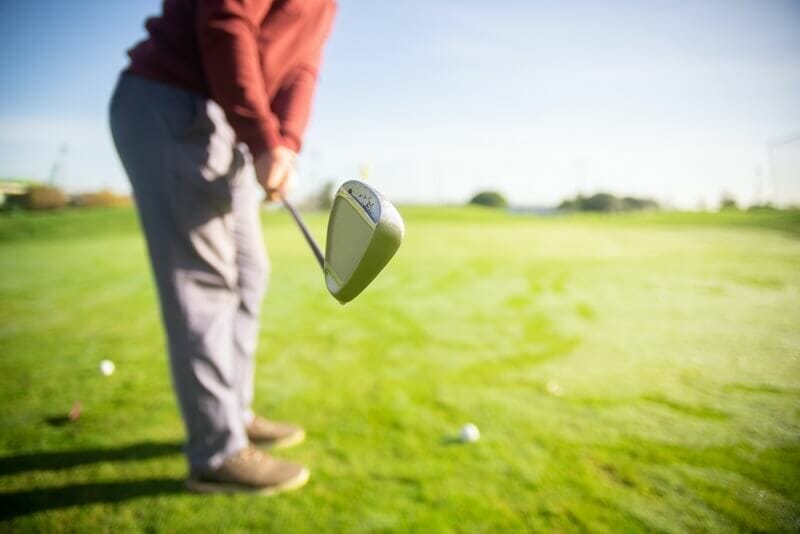
The USGA (United States Golf Association) is the organization that sets the standards for the handicap system in America. To receive an official USGA Handicap Index, you must first join a golf club that the USGA authorizes. After entering such a club, you can begin tracking your scores to generate a handicap.
The USGA Handicap System uses a formula to calculate a golfer’s handicap based on the best 10 of their last 20 scores. This number will determine the different skill levels of golfers.
What Is a Mid Handicap Golfer?
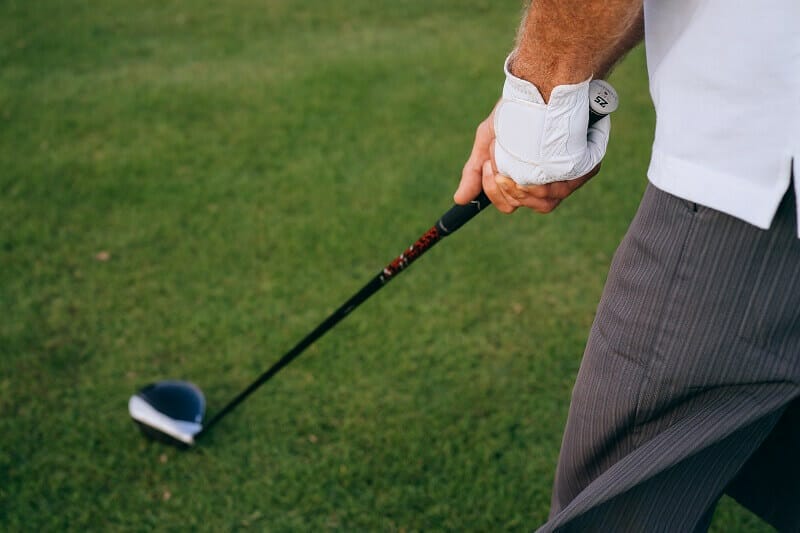
A mid-handicap golfer has a USGA Handicap Index between 11 and 20. This means they’re good enough to compete in tournaments but still have room for improvement.
For instance, mid handicappers generally have a few years of experience playing golf and have developed a pretty solid swing. However, they may still struggle with their short game or need to work on their course management skills.
Categories of Mid Handicappers
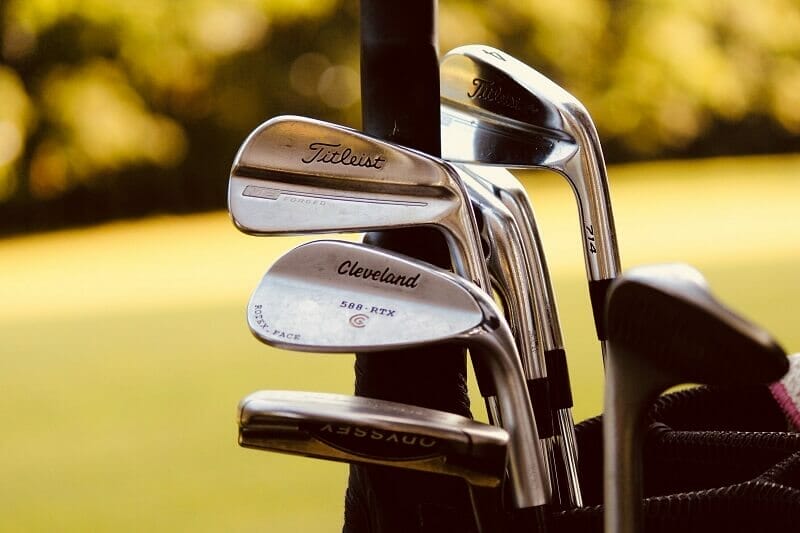
If your handicap falls in the middle range, you’re not alone. In fact, according to USGA statistics, golfers who shoot below 10 strokes make up only 37% of all golfers. Meanwhile, those with handicaps above 20 comprise 20% of total golfers. Therefore, 43% of known golfers have mid-level handicaps.
Mid handicappers are categorized into low, mid, and high, helping you gauge your improvement:
Low Mid Handicappers
Lower mid handicap golfers with a score of 10 to 12 typically shoot low 80s scores. Sometimes, they’re lucky enough to hit the 70s mark.
Mid Mid Handicappers
These are golfers who regularly score in the mid to high 80s. If your scoring falls between 13 and 16 strokes, you belong to this group.
High Mid Handicappers
Golfers in this category have progressed from the beginner level and seek more consistency in their game. If you typically shoot anywhere from 16 to 18, you belong to this category. Higher mid-handicap golfers usually score in the high 80s to mid-90s.
How Mid Handicap Golfers Become Low Handicappers
Becoming a low handicap golfer isn’t easy and takes a lot of hard work and dedication. But with the right attitude and approach, it’s possible. If you want to become a low handicapper, here are some tips to help you get there.
1. Work on Your Drives
The first tip for improving your handicap is to hit solid, consistent drives at good distances. Good drives typically make short game shots, giving you more confidence in attacking par 5s more effectively. Also, the more you practice hitting powerful drives, the better your posture and setup routines will become.
2. Have The Right Mentality
Golf is as much a mental game as it is a physical one. If you don’t have the right thoughts going through your mind, you’ll struggle to score low. Hence, you need confidence in your abilities and the ability to plan each shot before taking it. Only then will you be able to play each hole optimally.
A crucial element of the mental game is managing the course. In other words, knowing when to take a high-risk shot and when not to. All too often, middle handicappers will go for a low-percentage shot just because it looks impressive.
3. Minimize Your Putts
The number of three-putts they hit is one of the best factors to know how skilled a golfer is, handicap-wise. So, if you want to bring your handicap down, you must learn how to minimize the amount of times you three-putt.
With practice, you can make your ball rolls go farther and faster so that your first putt has a better chance of landing close to the pin. Doing so would also take a lot of pressure off of your second putt.
Ideal Equipment Mid Handicap Players Use
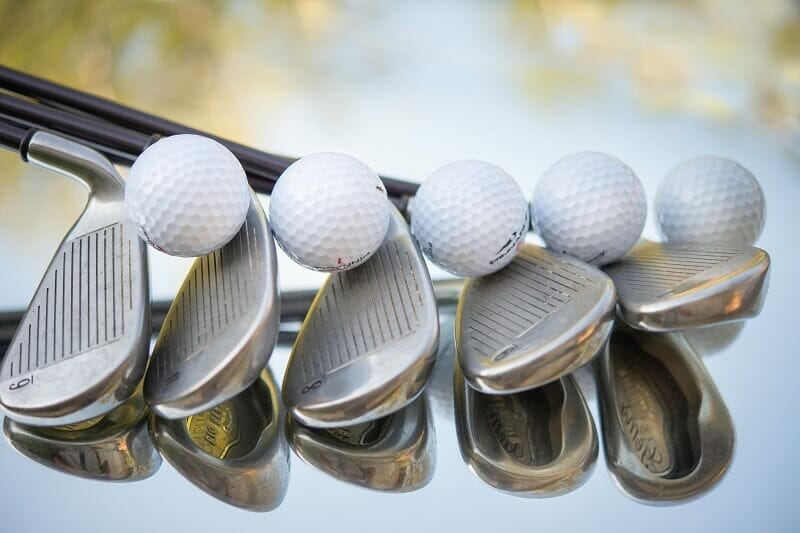
Investing in the right golf gear can take your game to the next level. Since most golfers are mid handicappers, equipment manufacturers have designed golf equipment to reflect every mid handicapper’s playing style.
Balls
There are a few different types of golf balls on the market, and each has its respective benefits. Generally, you want to buy a ball that fits your golf game and budget.
To help you out, mid handicap players are particularly interested in the following qualities in a golf ball:
- Distance: Most mid-handicap golfers are looking for a ball that will give them more distance off the tee. Drivers and irons are getting longer and longer, so the ball needs to keep up in order to maximize reach.
- Spin: In addition to distance, many mid-handicappers also want a ball that’ll give them more spin. This extra spin can help control the ball on approach shots and around the green.
- Feel: A lot of mid-handicappers also prefer a softer-feeling golf ball. This is because they tend to have slower swing speeds, which can compress the ball less and result in a loss of distance. Golf balls that have a soft feeling also tend to have more spin.
Putters
A mid handicap player should steer clear of blade putters. Blade putters are for golfers who perform significantly better than the average player and can make any shot on the green.
Instead, mid to low handicap golfers should opt for a peripheral weighted putter. Peripheral weighted putters are for skilled players who still need help making shots on the green.
You should keep a mallet putter on the course if you’re a higher mid handicapper. Although they might not be the most aesthetically pleasing option, their forgiving design will help prevent those dreaded three-putts.
Drivers
The driver you choose should ultimately come down to personal preference. However, if you consider yourself a mid handicapper, using a driver with 10.5 degrees or more of loft; it will make keeping the ball on the fairway that much easier –– you shouldn’t have to stress about the launch and carry distance as well.
Wedges
Like drivers, choosing wedges comes down to personal preference when. With that said, if you’re a higher mid-handicapper, you may prefer a wedge with an optimized center of gravity. This will be handy when trying to hit the ball from up 50 yards out.
Irons
Game improvement irons are often the best golf clubs for mid handicappers because they have a wider sweet spot. This enables you to hit your shots straighter, even if you don’t make perfect contact with the ball.
Additionally, cast irons, which are also known as forgiving irons, are great for beginners or those with higher handicaps because they’re more forgiving. Using these golf irons enables you to easily get a good shot.
When To Replace Cast Irons With Forged Irons
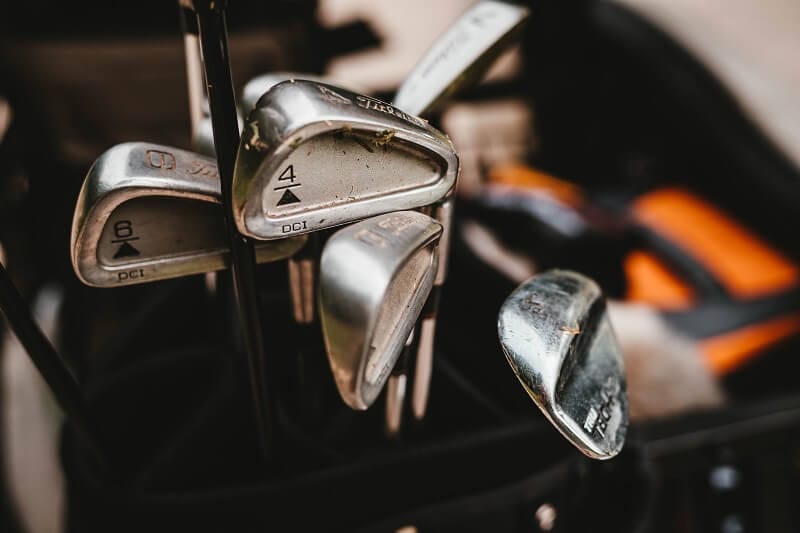
If you’re currently using cast iron clubs, you may wonder whether it’s time to replace them with forged irons, one of the best golf irons. Here are signs that you’re ready for an upgrade:
- Frequently shooting below 80: It’s important to note that you don’t always have to shoot in the 70s, but rather just accomplish this score occasionally.
- Regularly hitting double-digit greens: If you hit an average of 10 out of 18 greens per game, your swings are likely consistent enough to switch to forged irons.
- Looking for versatility in your shots: If you feel that your game-improvement cast irons are no longer living up to your standards in terms of versatility, it may be time to consider moving onto forged irons.
Takeaway
In golf, mid handicaps are players that hit some good shots and plenty of bad ones, too. Thankfully, if you’re in the mid handicap range, it’s now easier to level up your golf skills nowadays. For instance, taking advantage of the best golf equipment on the market and working on your scores allows you to become a low handicapper.
Nevertheless, when you’re a mid handicapper, playing golf is the perfect level of competition –– just enough to make the game fun and keep you coming back for more. Remember, at the end of the day, it’s always important to have fun on the golf course!
